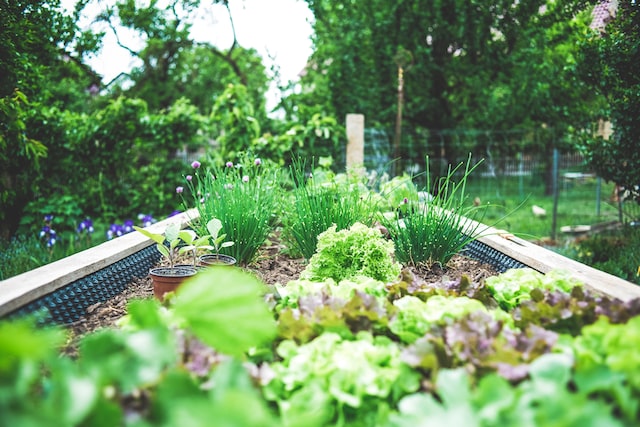Gardeners will tell you that a garden is always a work in progress. Even established gardens require minor adjustments from season to season.
Here are tips and tricks which help in making the great plans and effective ways to create a perfect plan that can make perfect looking garden.
If you have pets or special interests, consider them during the planning stage of your ideal home garden.
Do you have a vision for the ideal garden in your head? To make it a reality, simply follow some simple steps that leads to plan and create your perfect garden.
- Create a plan list for a perfect garden
The first step toward creating a perfect garden that is both easy to maintain and rewarding is to implement some basic design ideas. Create a garden plan whether you’re starting from scratch or have an established garden.
- Plan as per the climatic changes
Determine your garden’s requirements, then design and plan accordingly for the ideal garden. However, if you plan carefully before planting, your landscape will look beautiful for years to come without the need for costly and time-consuming changes or additions.
- Designate a specific area for flower and fruit cultivation
Consider carefully what you want to do with your garden: is it a place to invite friends and relax, a place for children or pets to play, a small piece of wilderness in the middle of the city, a designated area for flower cultivation, or a place to grow your own organic produce?
- Consider flexible designs in order to plan for the future
Make your design flexible in order to plan for the future. Consider how your ideal garden may need to change over time if you have a growing family, and factor that into your planning. Do not forget to consider your pets and your hobbies.
Final Words
Determine how much you want to spend on plantings, mulch, and soil amendments this year. More information can be found in our mulch guide. Plan on laying out paths and purchasing larger, structural plants first. When money is tight, consider filling in your design over the course of several years.

